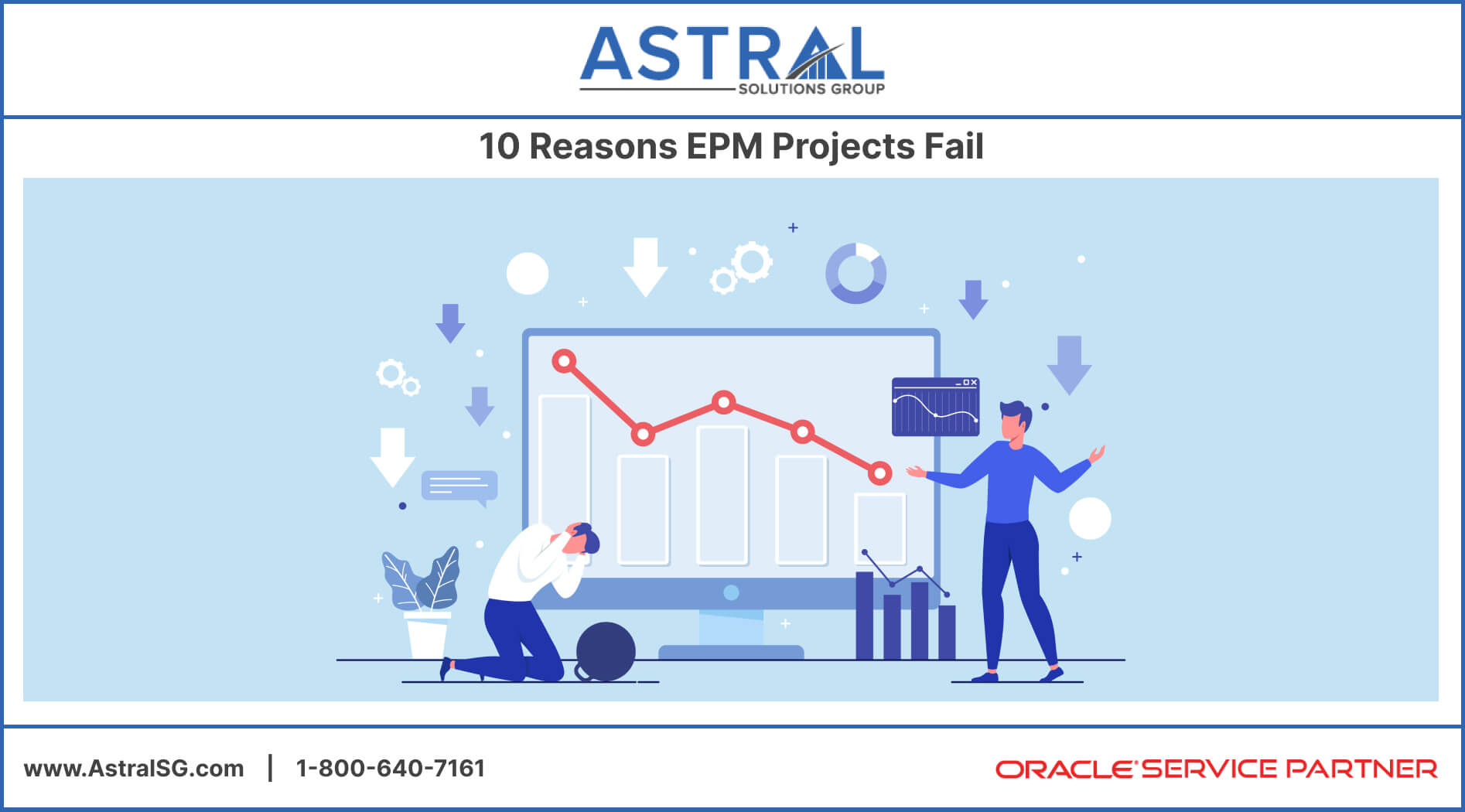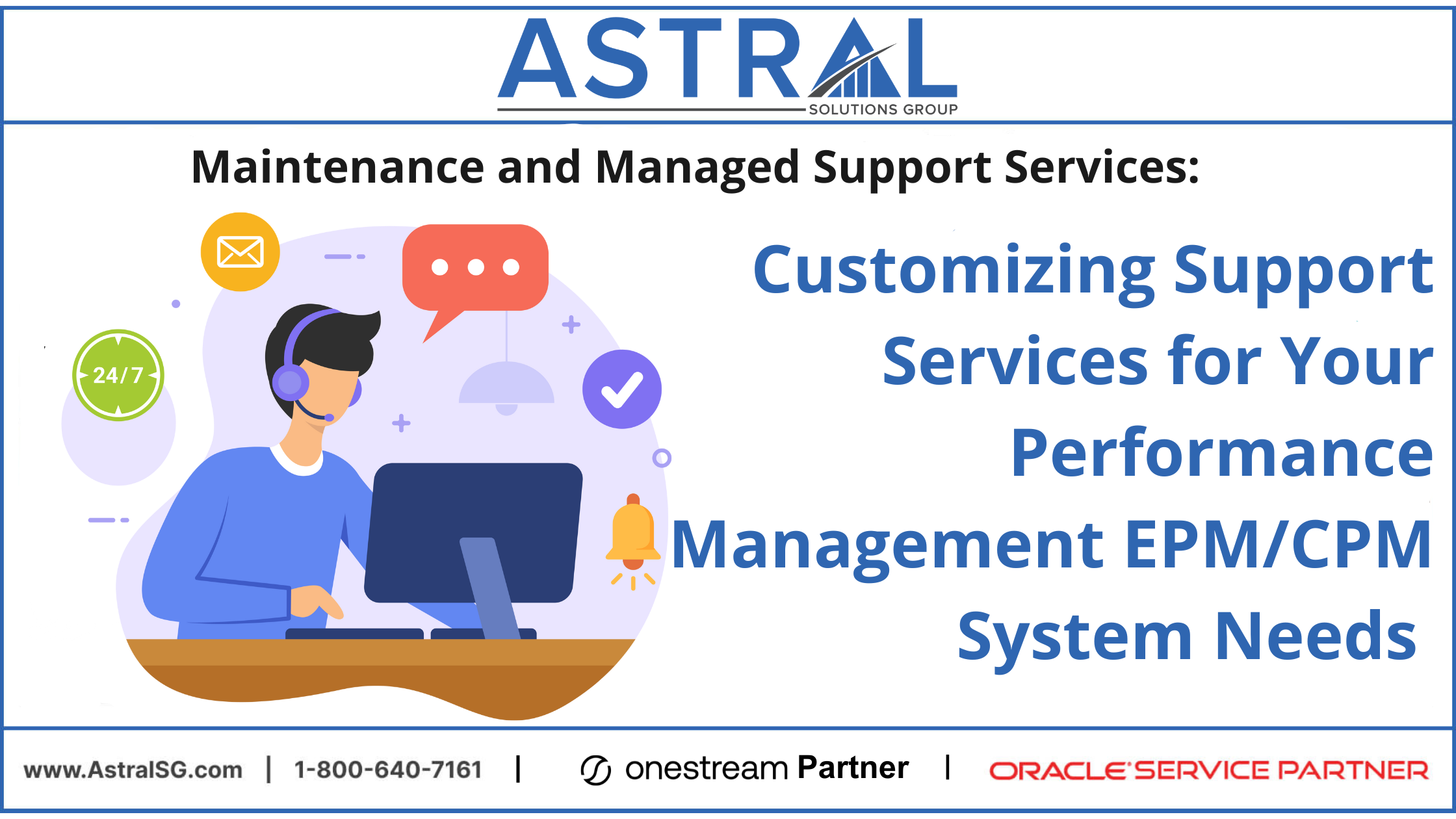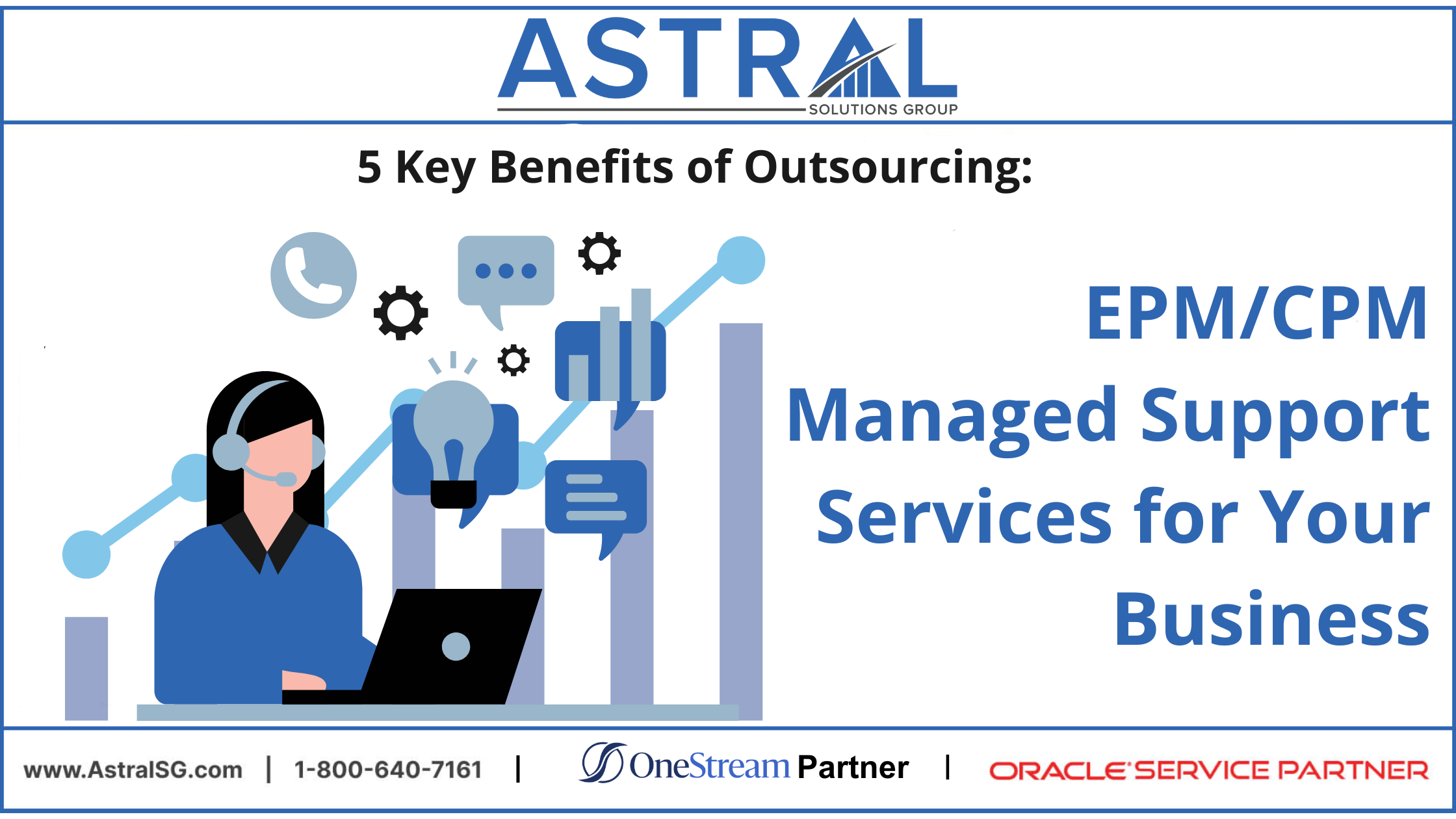10 Reasons EPM Projects Fail: A Comprehensive Analysis

Introduction
In today’s fast-paced business environment, Enterprise Project Management (EPM) has become an integral part of organizations striving for efficiency and success. However, despite its potential benefits, many EPM projects fail to deliver the expected results. This article will explore the top 10 reasons why EPM projects fail and provide insights into how organizations can overcome these challenges. So, let’s dive in and uncover the common pitfalls that hinder EPM project success.
10 Reasons EPM Projects Fail
-
Lack of Executive Support
Executive support plays a critical role in the success of any EPM project. With the commitment and involvement of top-level management, it becomes easier to drive change and ensure the necessary resources are allocated. When executives fail to provide the necessary support and guidance, the project may lack direction, leading to failure.
-
Insufficient Planning and Scope Definition
One of the primary reasons EPM projects fail is the need for a well-defined plan and scope. Inadequate planning can result in more precise objectives, realistic timelines, and unallocated resources. Investing time and effort in thorough planning is crucial, clearly defining project goals and deliverables and establishing realistic expectations.
-
Inadequate Project Team Skills
The success of an EPM project relies heavily on the project team’s skills and expertise. If the team members lack the necessary knowledge or experience, they may struggle to implement and manage the EPM system effectively. Organizations should invest in training and development programs to ensure the team has the skills to drive project success.
-
Poor Change Management
Implementing an EPM system often requires significant processes, workflows, and organizational culture changes. If change management is handled correctly, employee resistance can arise, leading to project success. It is crucial to communicate the benefits of the EPM system, involve stakeholders in the change process, and provide adequate training and support to ease the transition.
-
Inadequate Data Quality and Integration
EPM projects heavily rely on accurate and reliable data to make informed decisions. If the data quality is good or the integration between different systems needs to be improved, it can result in erroneous reporting and unreliable insights. Organizations should invest in data governance and integration strategies to ensure the availability of high-quality data for decision-making purposes.
-
Lack of User Adoption and Engagement
Successful implementation of an EPM system requires widespread user adoption and engagement. If users do not see the system’s value or find it challenging, they may resist its implementation, rendering the project ineffective. Providing comprehensive training, addressing user concerns, and emphasizing the system’s benefits are crucial to driving user adoption and engagement.
-
Unrealistic Expectations
Setting unrealistic expectations is a recipe for failure in EPM projects. Organizations may expect immediate results or overestimate the system’s capabilities, leading to disappointment and project abandonment. Setting realistic expectations and communicating the project’s timeline, deliverables, and potential challenges to stakeholders from the beginning is essential.
-
Inadequate Risk Management
EPM projects involve inherent risks that can derail progress if not managed effectively. Organizations must identify potential risks, develop mitigation strategies, and establish contingency plans to minimize the impact of unforeseen events. By adopting a proactive approach to risk management, organizations can increase the chances of project success.
-
Lack of Continuous Monitoring and Evaluation
Once an EPM system is implemented, monitoring its performance and evaluating its effectiveness is crucial. Organizations may promptly identify and address emerging issues with continuous monitoring and evaluation. Regular assessments enable organizations to make necessary adjustments and optimize the system’s performance.
-
Poor Vendor Selection
Choosing the right vendor for EPM implementation is a critical decision that can significantly impact project success. The project may need more system customization and support if the selected vendor lacks experience and technical expertise or fails to understand the organization’s unique requirements. Thorough vendor evaluation and due diligence are essential to ensure a successful partnership.
Conclusion
Enterprise Project Management projects hold immense potential for organizations seeking to enhance efficiency and success. However, to realize these benefits, organizations must be aware of the common pitfalls that can lead to project failure. Organizations can proactively navigate these challenges by addressing the ten reasons why EPM projects fail and increase the likelihood of successful project outcomes. Embracing executive support, thorough planning, user engagement, and robust risk management practices are key to unlocking the full potential of EPM projects.
Frequently Asked Questions (FAQs)
Q: What is EPM, and why is it important?
A: EPM, or Enterprise Project Management, refers to managing and controlling organizational projects. It allows businesses to align project objectives with strategic goals, optimize resource allocation, and enhance project success rates.
Q: How can executive support influence the success of an EPM project?
A: Executive support is crucial in providing guidance, allocating necessary resources, and ensuring organizational alignment with project objectives. With executive support, overcoming resistance to change and driving project success becomes more accessible.
Q: How can organizations promote user adoption and engagement in EPM projects?
A: To promote user adoption and engagement, organizations should invest in comprehensive training, address user concerns, and communicate the benefits of the EPM system. Involving users in the decision-making process and soliciting feedback also contribute to increased user engagement.
Q. What are the key considerations for selecting an EPM vendor?
A: When selecting an EPM vendor, organizations should consider vendor experience, technical expertise, system customization capabilities, ongoing support, and alignment with the organization’s unique requirements. Thorough evaluation and due diligence are vital to ensure a successful partnership.
Q. How can organizations ensure the quality of data in EPM projects?
A: To ensure data quality in EPM projects, organizations should establish data governance policies, implement data validation processes, and invest in data integration strategies. Regular data audits and continuous monitoring contribute to maintaining data integrity.
Q. What steps can organizations take to mitigate risks in EPM projects?
A: Organizations can mitigate risks in EPM projects by identifying potential risks, developing mitigation strategies, and establishing contingency plans. Proactive risk management, regular risk assessments, and clear communication channels contribute to effective risk mitigation.
Contact us and we would love to share our experience with Successful EPM Projects. Please email at info@astralsg.com to learn more about our experience with Successful EPM Projects.
Astral Solutions Group is a Trusted and Leading OneStream implementation Partner and Oracle Hyperion EPM On-Premises on Oracle EPM cloud consulting company and Oracle Service Partner. Astral Solutions Group is based in Mississauga, Ontario Canada and we provide Consulting Services across Toronto, Brampton, GTA, Ontario, Canada, United States and in North America.




